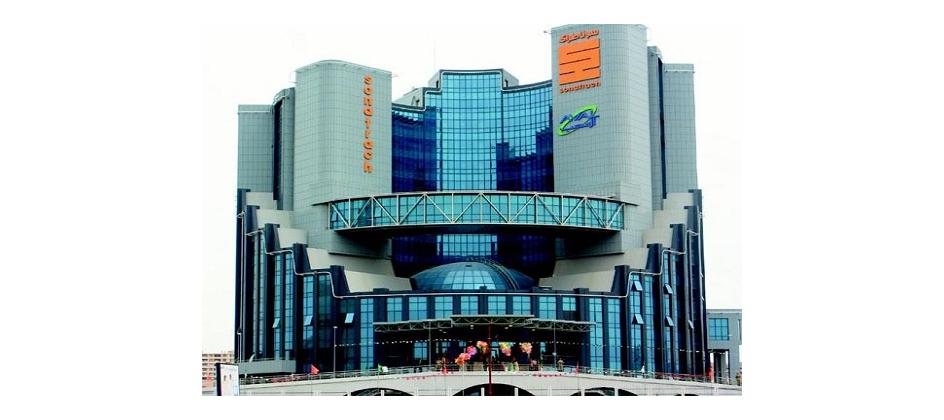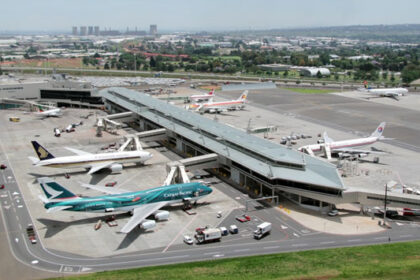At a Glance
- Sonatrach returns to Libya’s Ghadames Basin, reviving operations halted by years of conflict.
- The restart underscores Algeria’s regional oil influence and Libya’s effort to restore investor confidence.
- New drilling builds on past discoveries as Libya seeks stability and higher oil output.
Sonatrach, Africa’s largest oil and gas company, has resumed drilling in Libya’s Ghadames Basin after an 11-year pause.
The Algeria-based state energy group restarted operations in Block 95/96 near the Algerian border, marking a major step toward reviving Libya’s oil exploration efforts.
The move signals growing investor confidence as Libya works to restore production levels disrupted by years of conflict. With global oil players like Eni and ExxonMobil showing renewed interest, Sonatrach’s return underscores North Africa’s re-emerging role in regional and European energy supply.
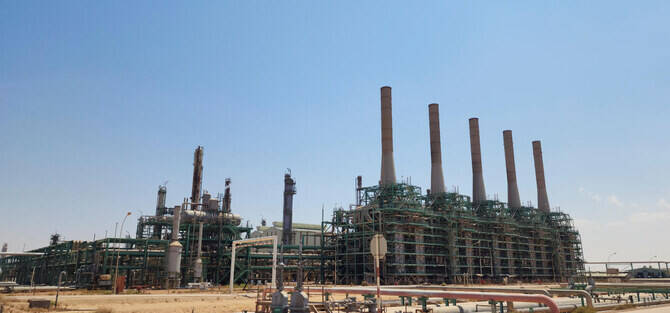
Libya’s National Oil Corp. said Oct. 23 that the Algeria’s state-owned energy group crews were back at work in Block 95/96, close to the Algerian border and roughly 100 kilometers from the Wafa field. The company plans to drill to about 8,400 feet, picking up where it left off in 2014 when conflict forced foreign operators out.
Testing the waters in a fragile environment
The restart suggests a measure of faith in Libya’s oil sector, which the Tripoli-based Government of National Unity is trying to steady. Earlier this year, the government rolled out a $4 billion plan to draw investors and push output back toward pre-2011 levels.
Sonatrach isn’t alone. Italy’s Eni resumed offshore exploration in October, and U.S. majors ExxonMobil and Chevron have both discussed potential acreage onshore. Libya also held its first oil licensing round in 17 years this April, a small but symbolic sign the country wants outsiders back.
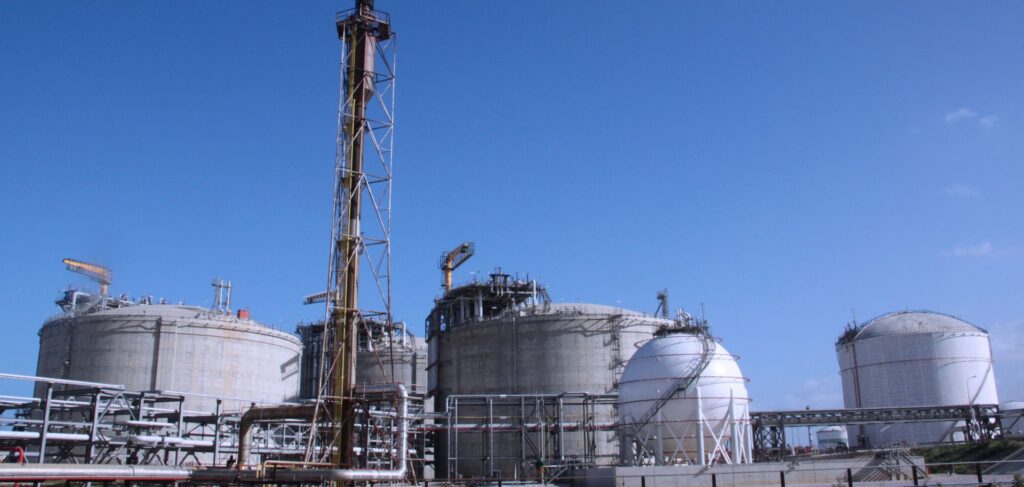
Building on old finds
Sonatrach’s return builds on discoveries made before the shutdown. In 2013, a test in the same block flowed about 8,200 barrels of oil and 1,700 cubic meters of gas per day. Engineers will now recheck those findings and see if the site can be commercially developed under improved security.
The comeback also fits into Sonatrach’s effort to refresh its upstream portfolio as older Algerian fields mature. With its pipelines linking North Africa to Europe through Spain and Italy, the company already plays a key role in supplying gas to European buyers looking to reduce reliance on Russia.
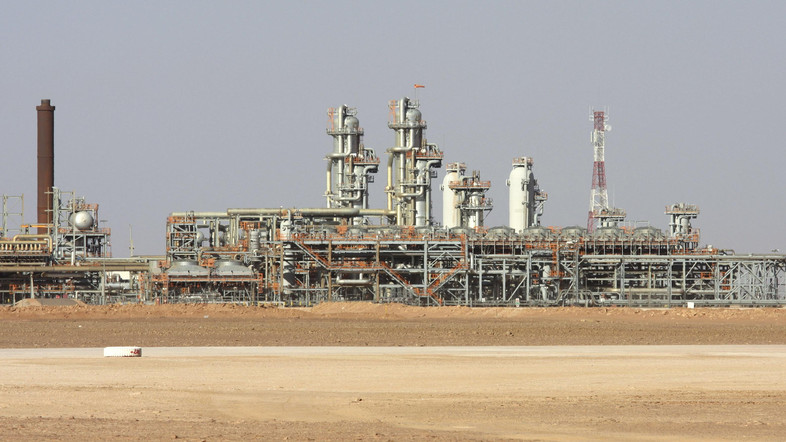
Progress and peril
Yet Libya’s political map remains split between the Tripoli government in the west and forces loyal to General Khalifa Haftar in the east. Tensions flare up often enough to remind investors of the risks.
“Returning to Ghadames is more than just drilling,” said a North Africa analyst with the Oxford Institute for Energy Studies. “It’s a signal that Sonatrach sees an opening, but it’s still a gamble.”
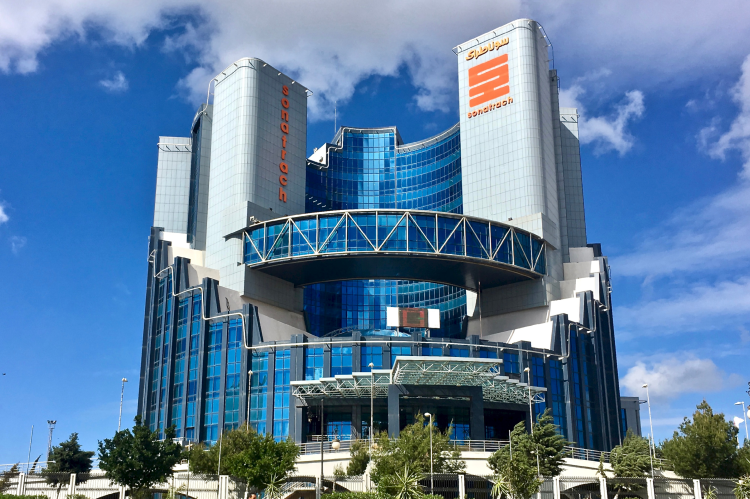
Wider impact
For Algeria, the move reinforces its quiet influence across the region’s energy scene. Algiers has kept close ties with Tripoli, seeing joint projects as a step toward regional stability.
On the ground, Sonatrach’s presence could revive jobs and service contracts that have sat idle for a decade.
If drilling goes smoothly, others may follow. For now, Sonatrach’s return stands as a modest but meaningful sign that Libya’s oil industry is trying to find its footing again, one well at a time.

